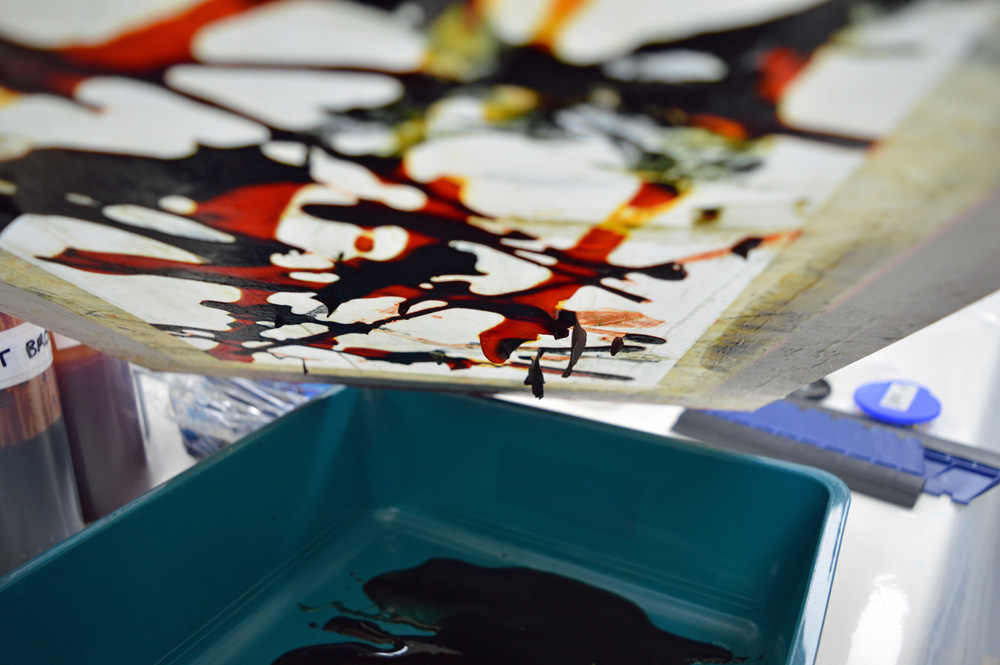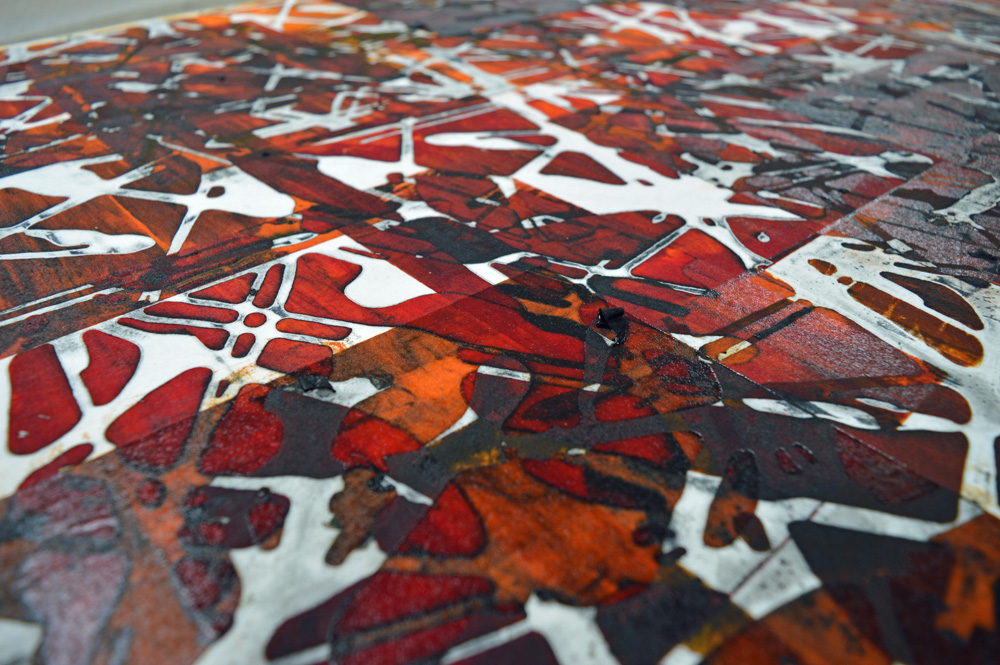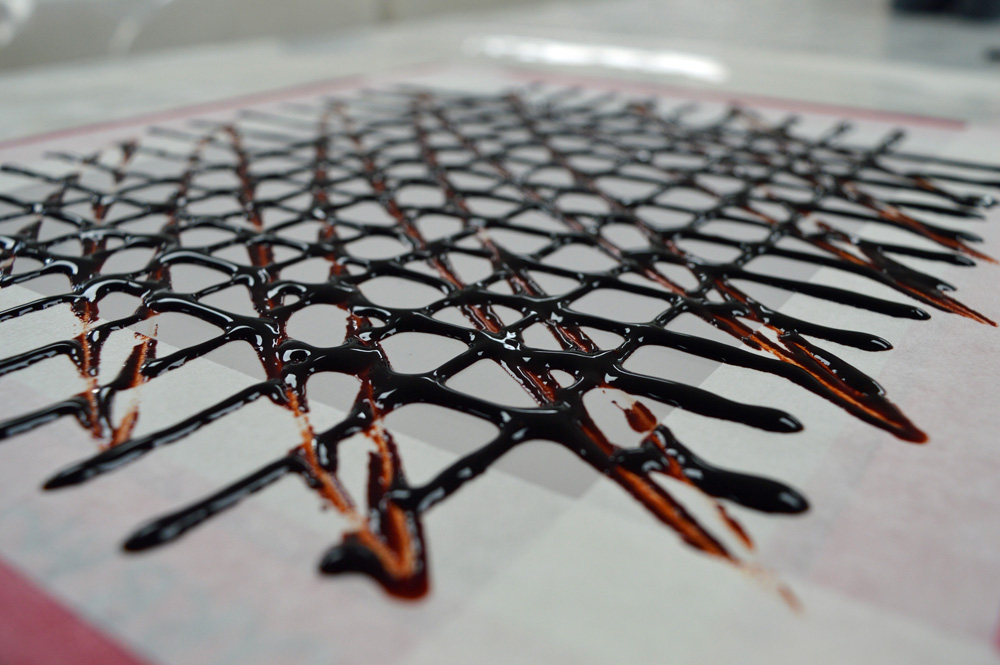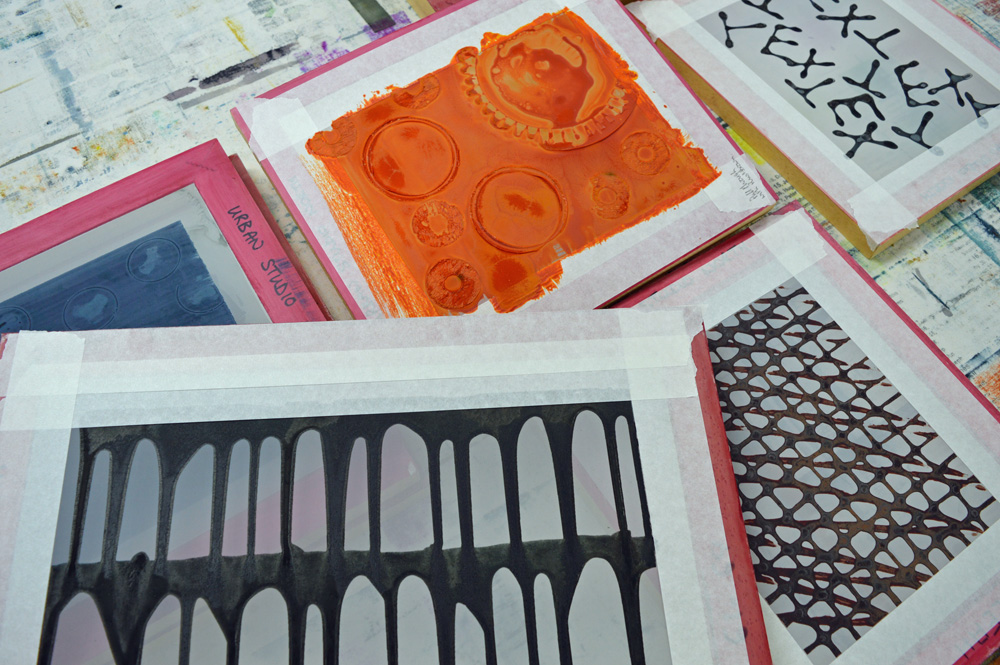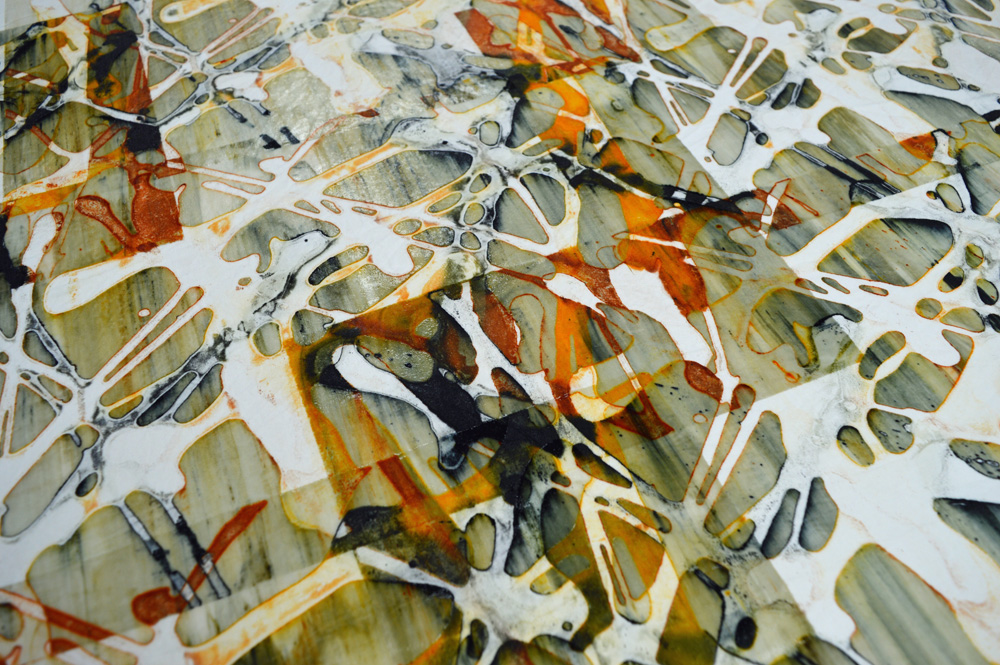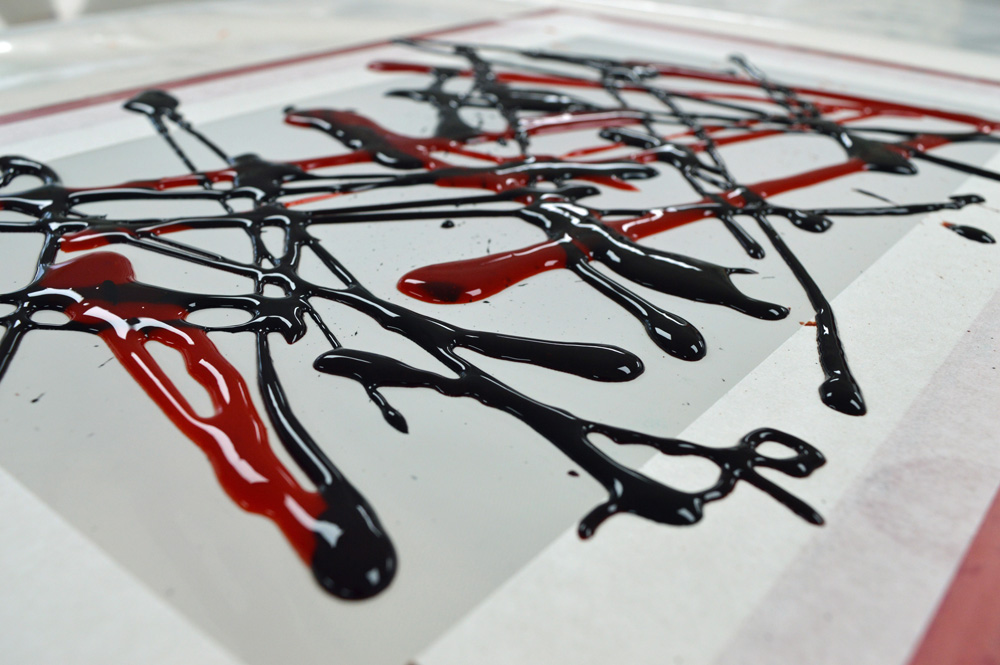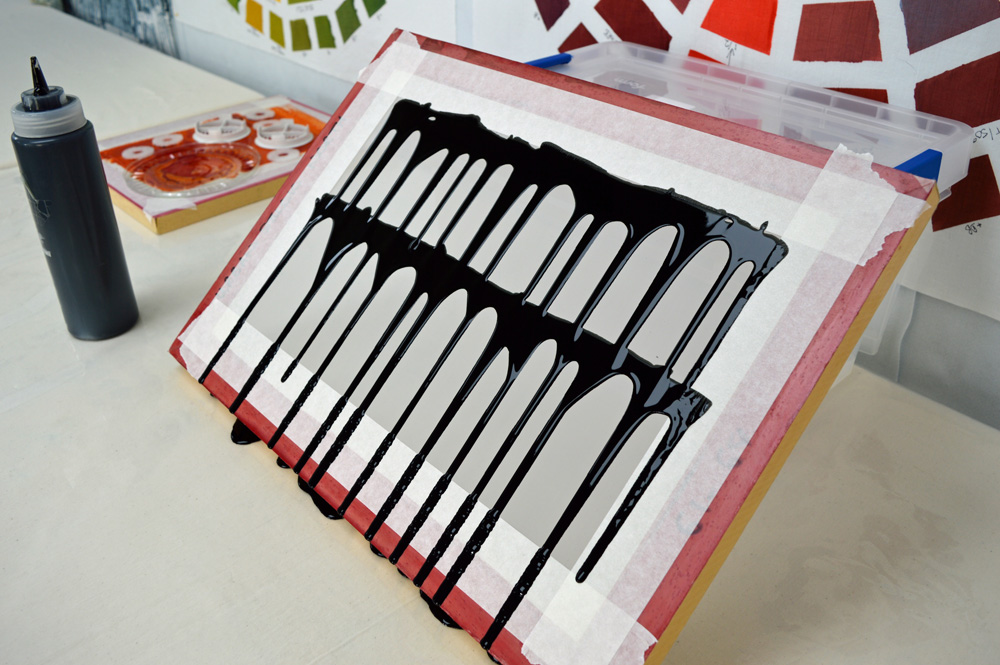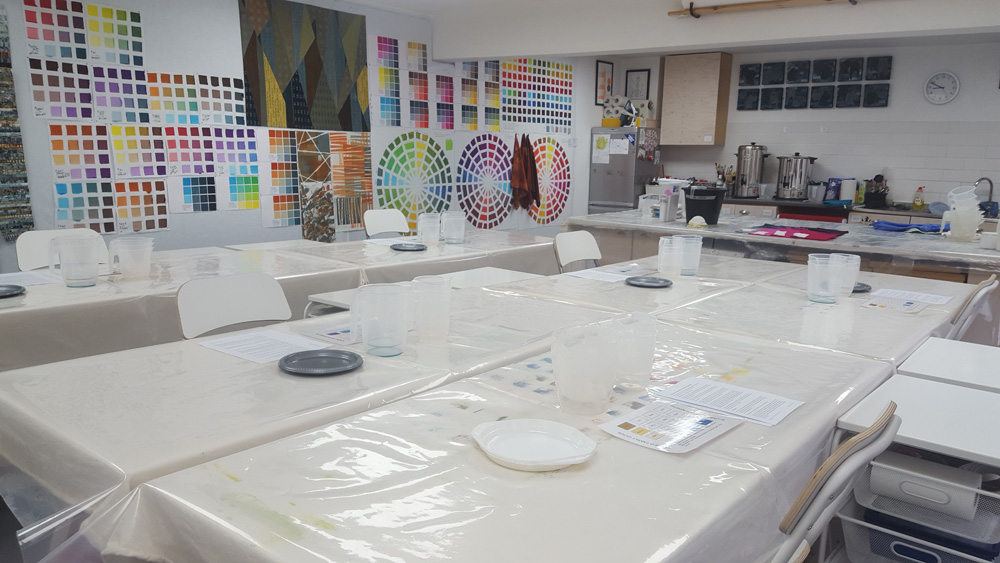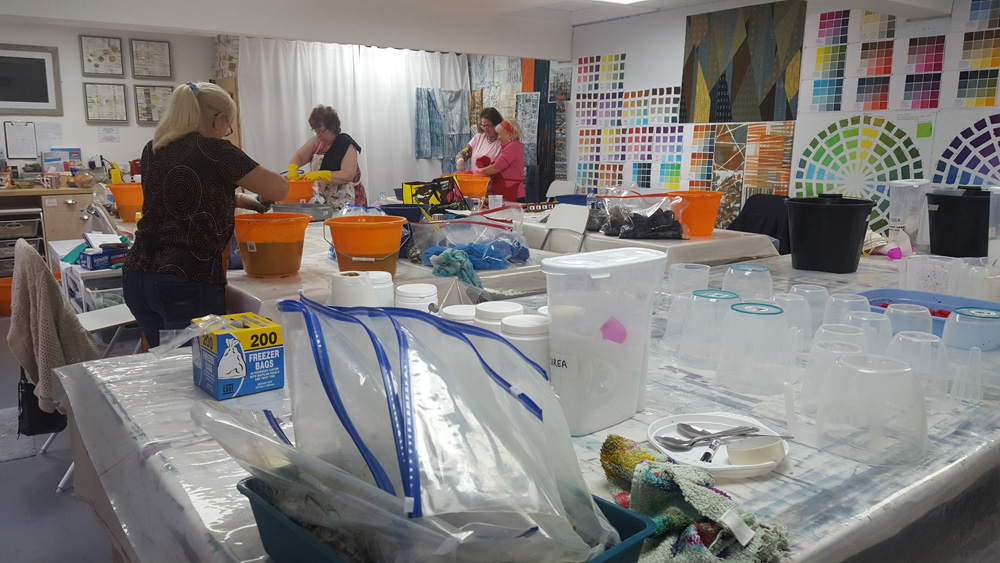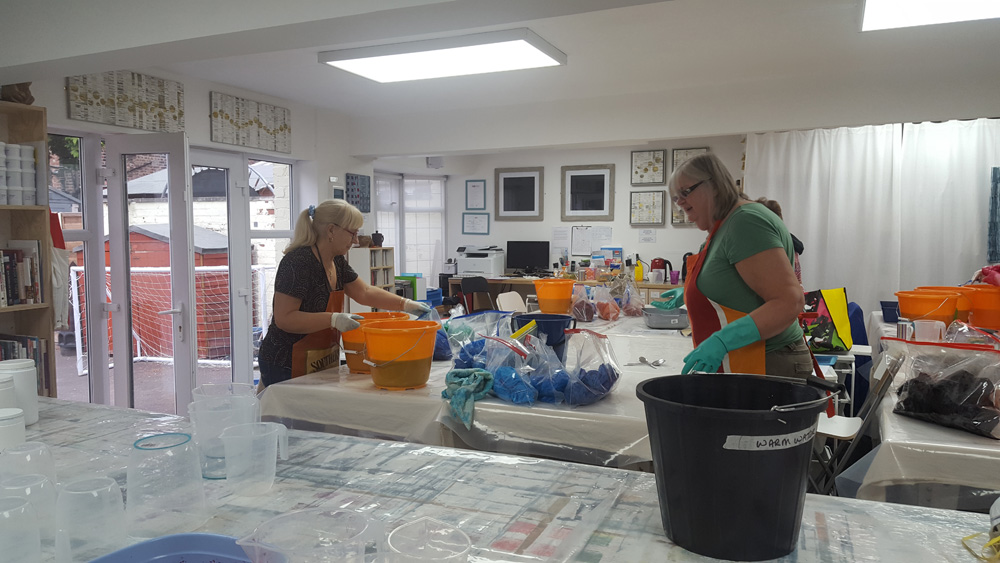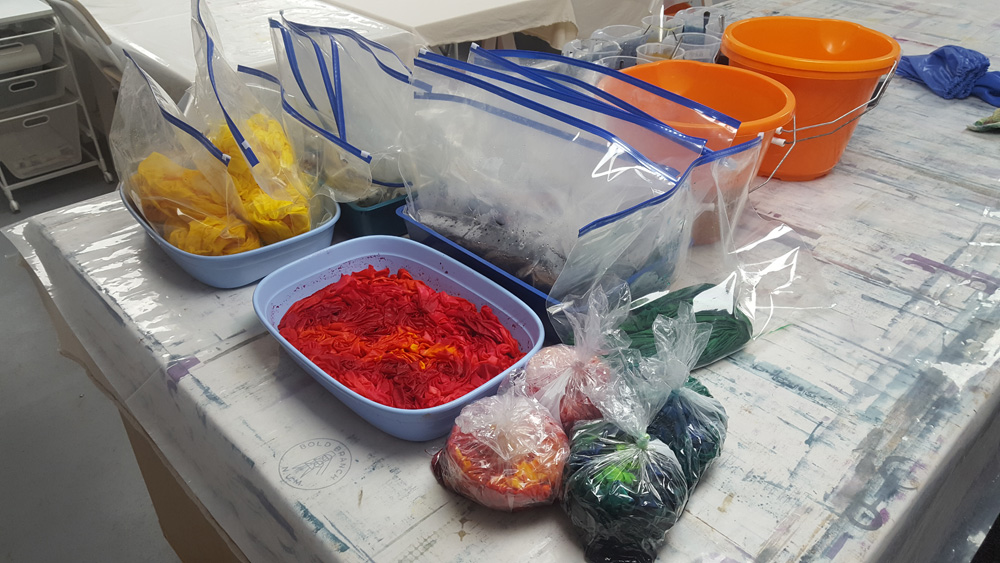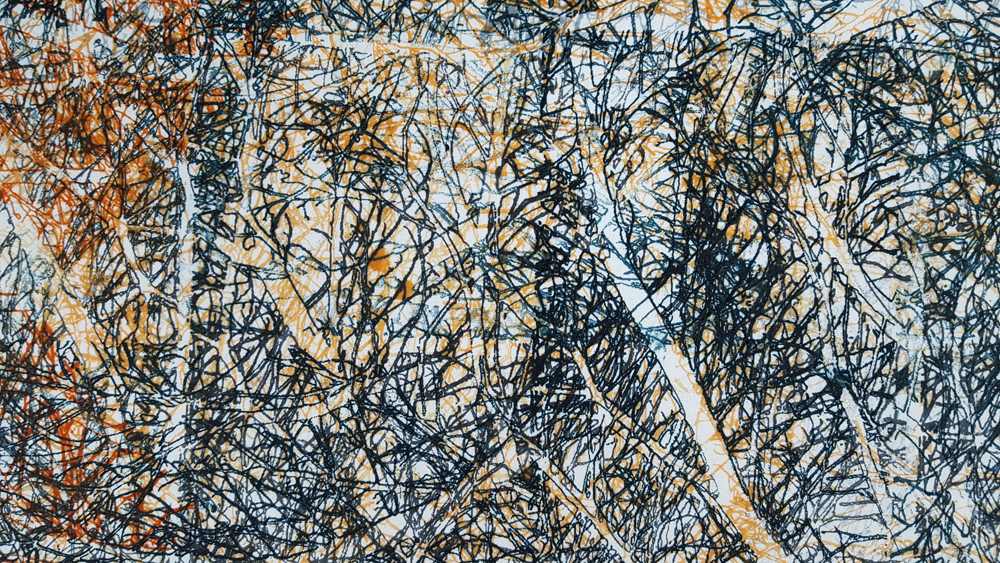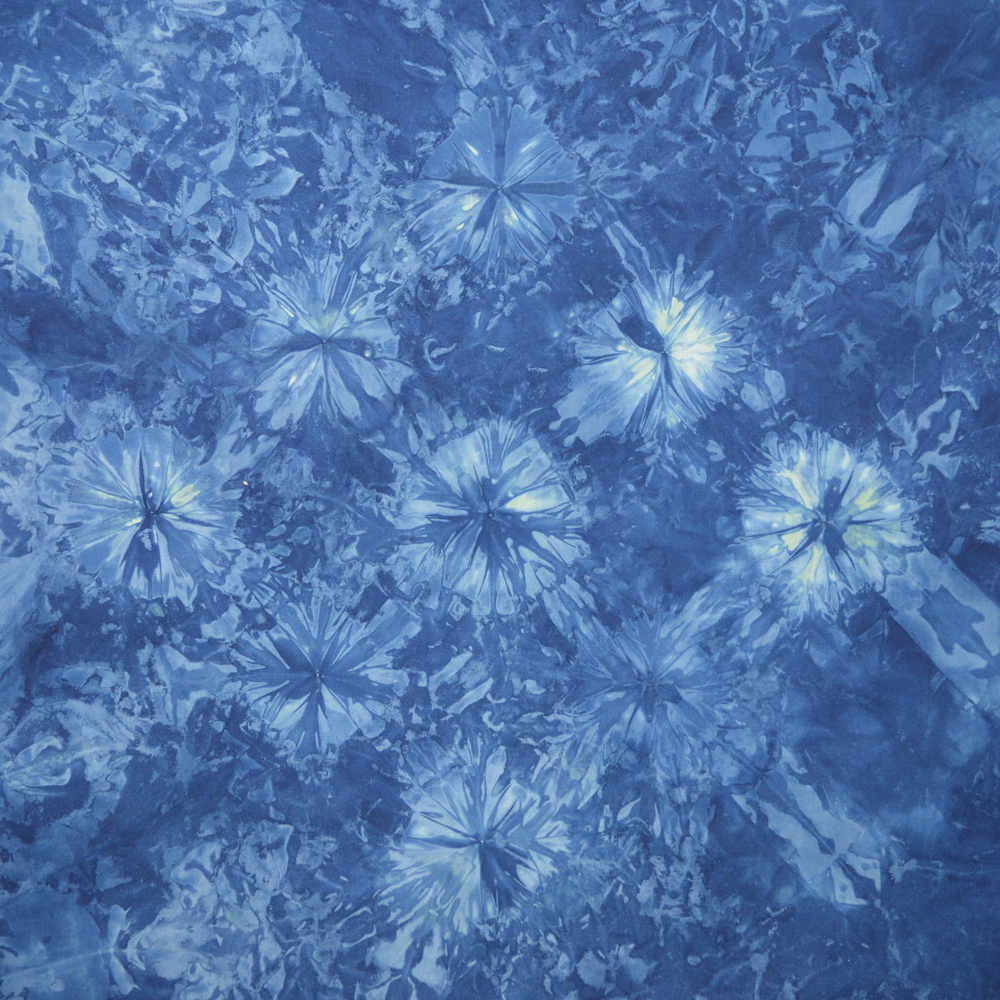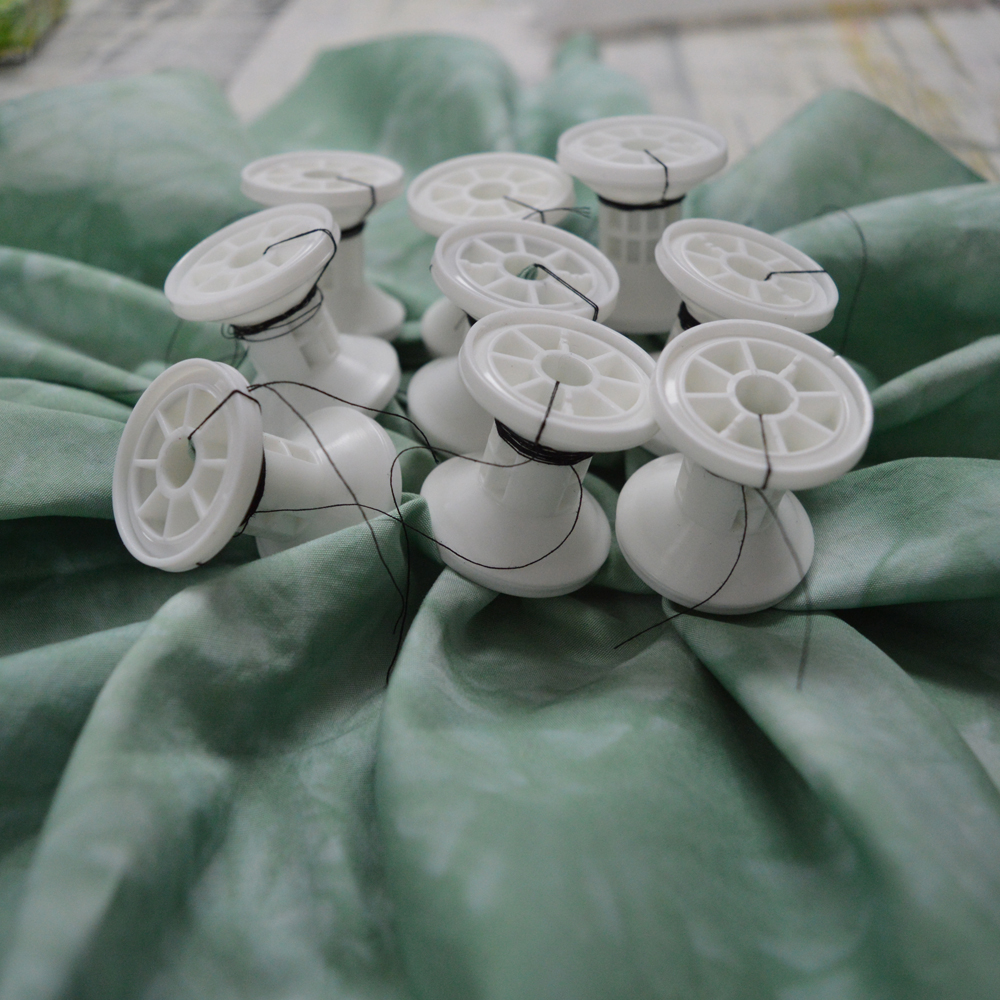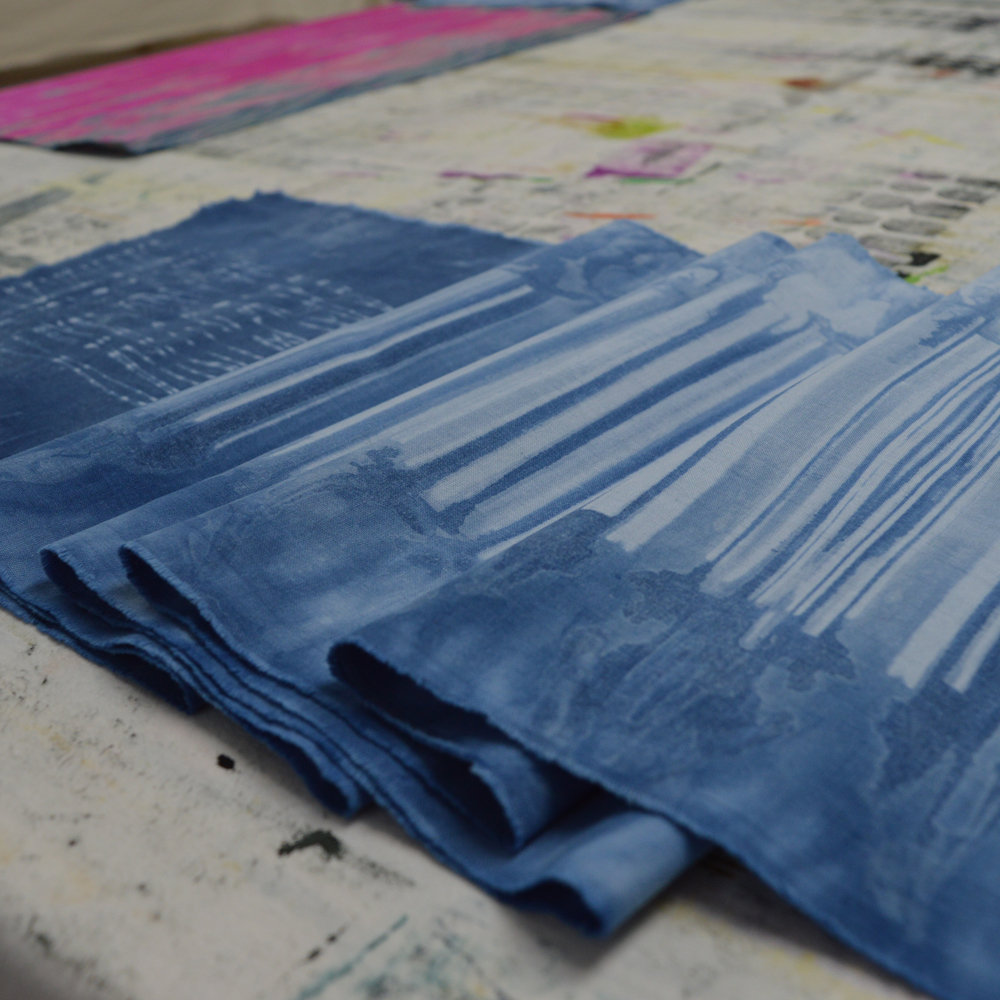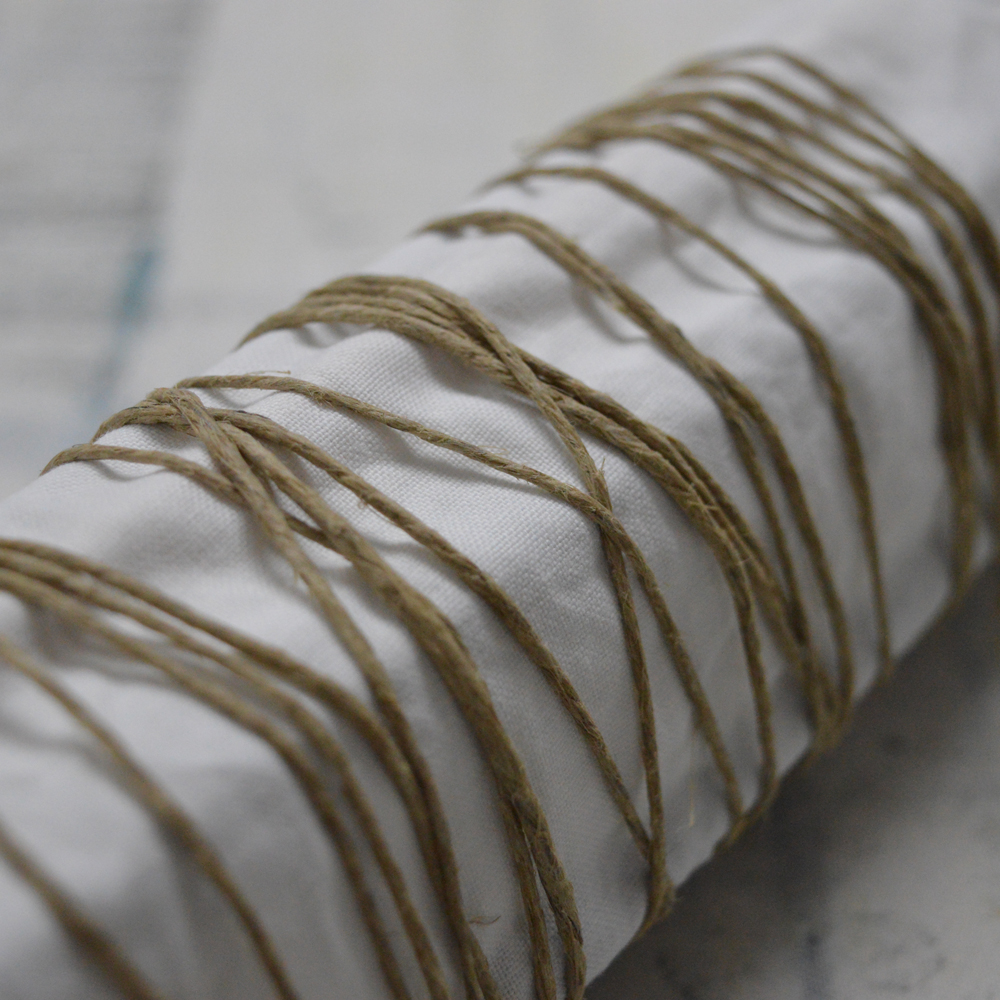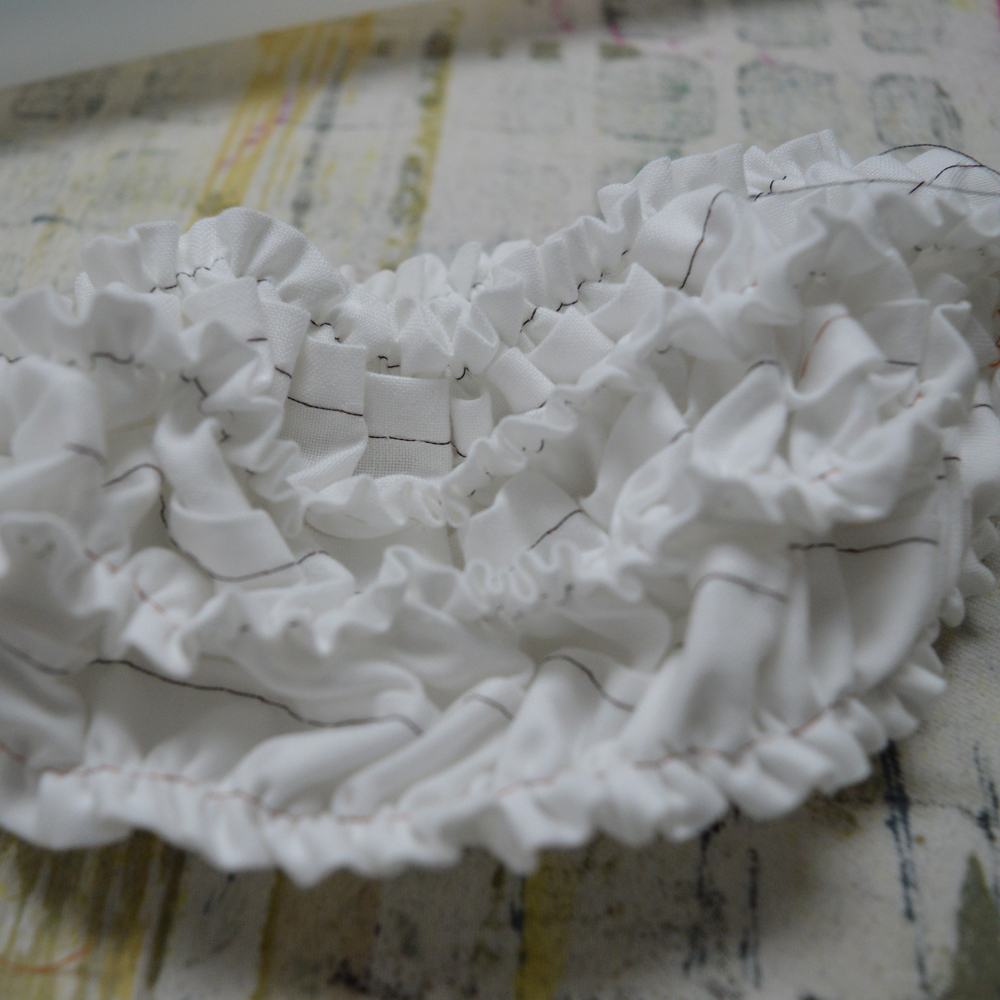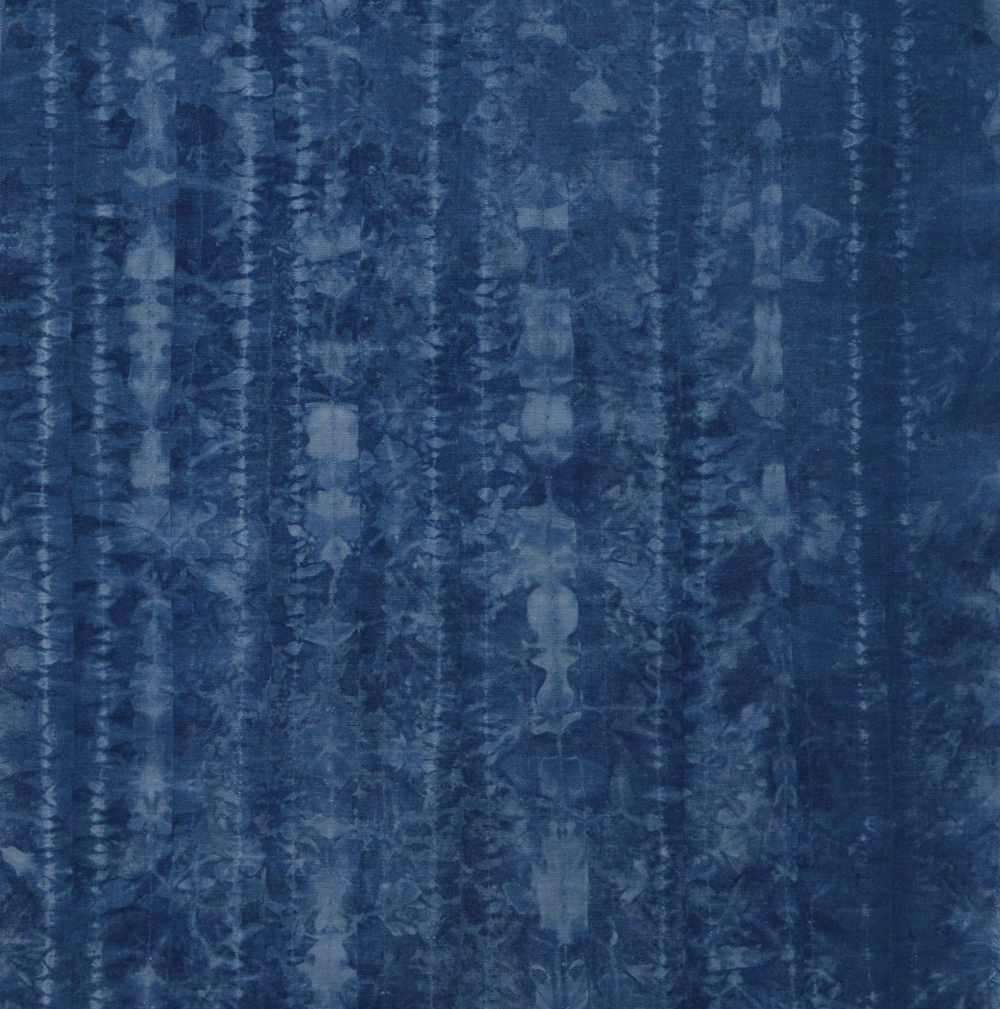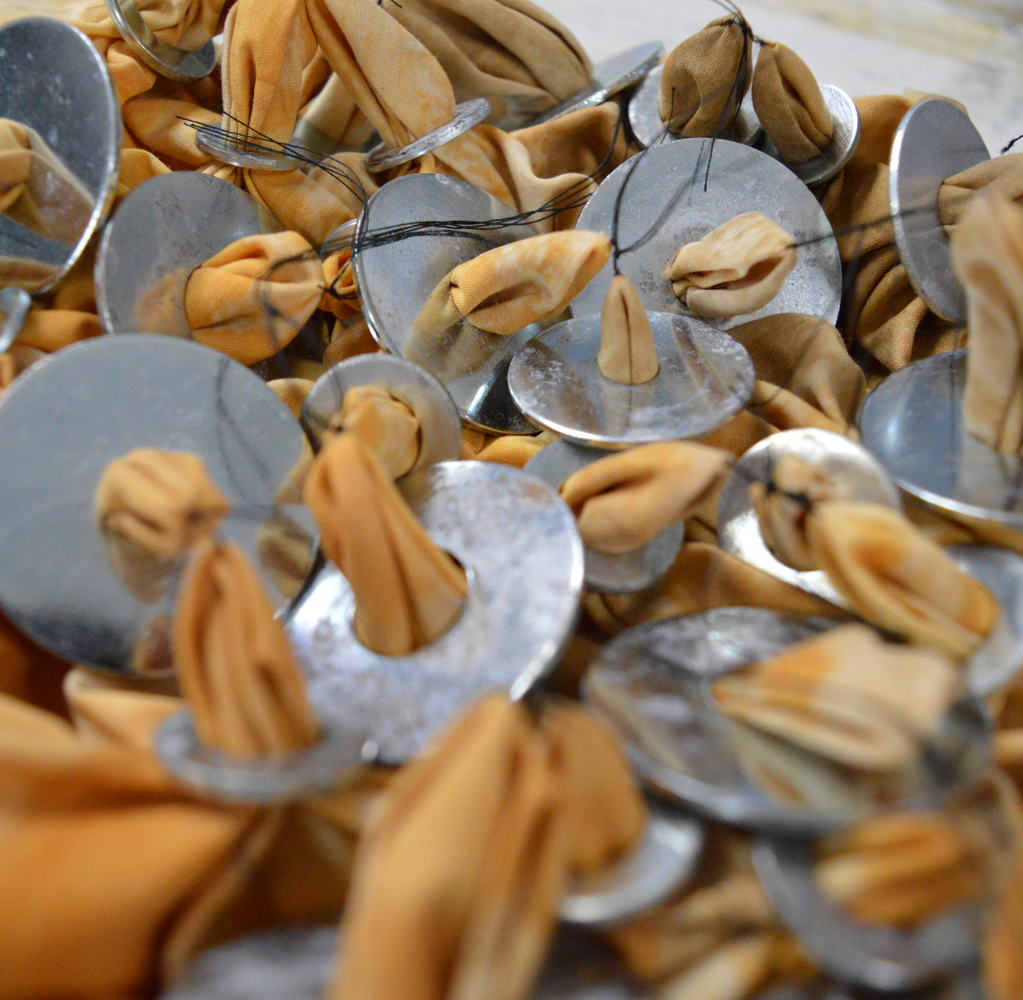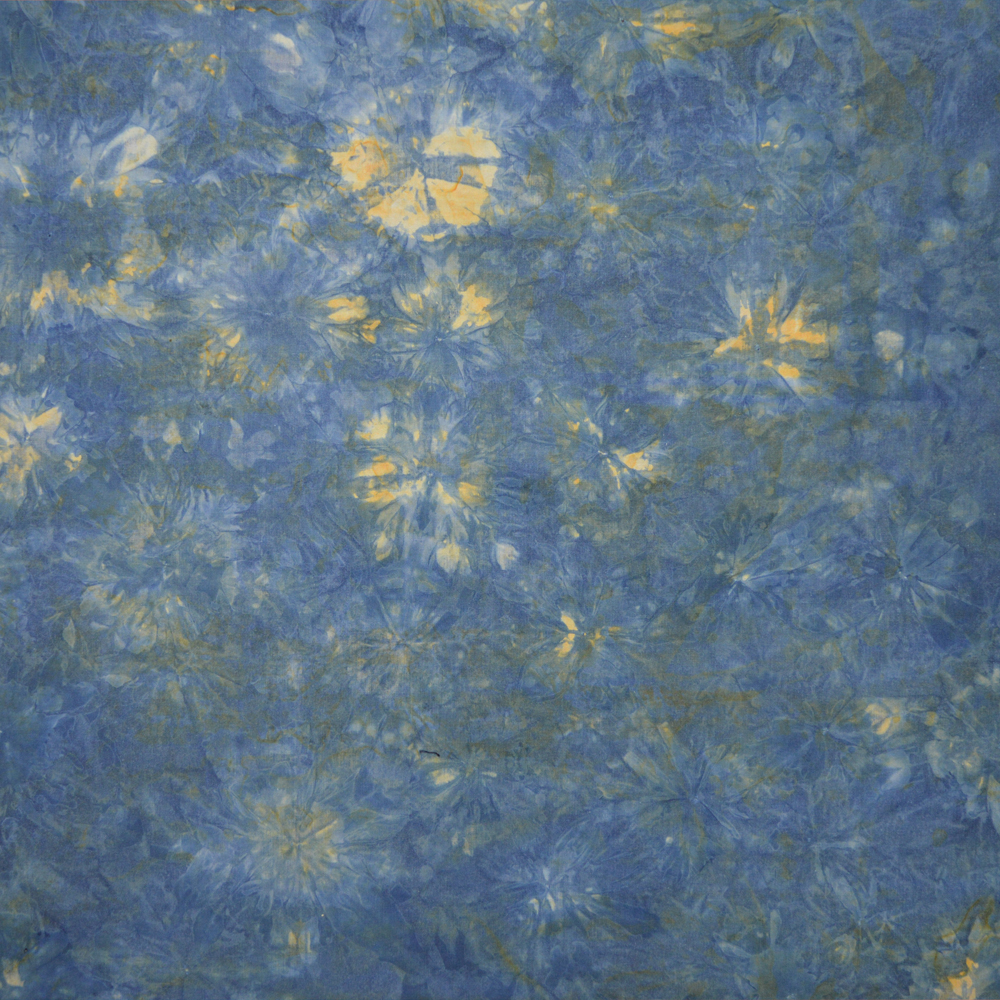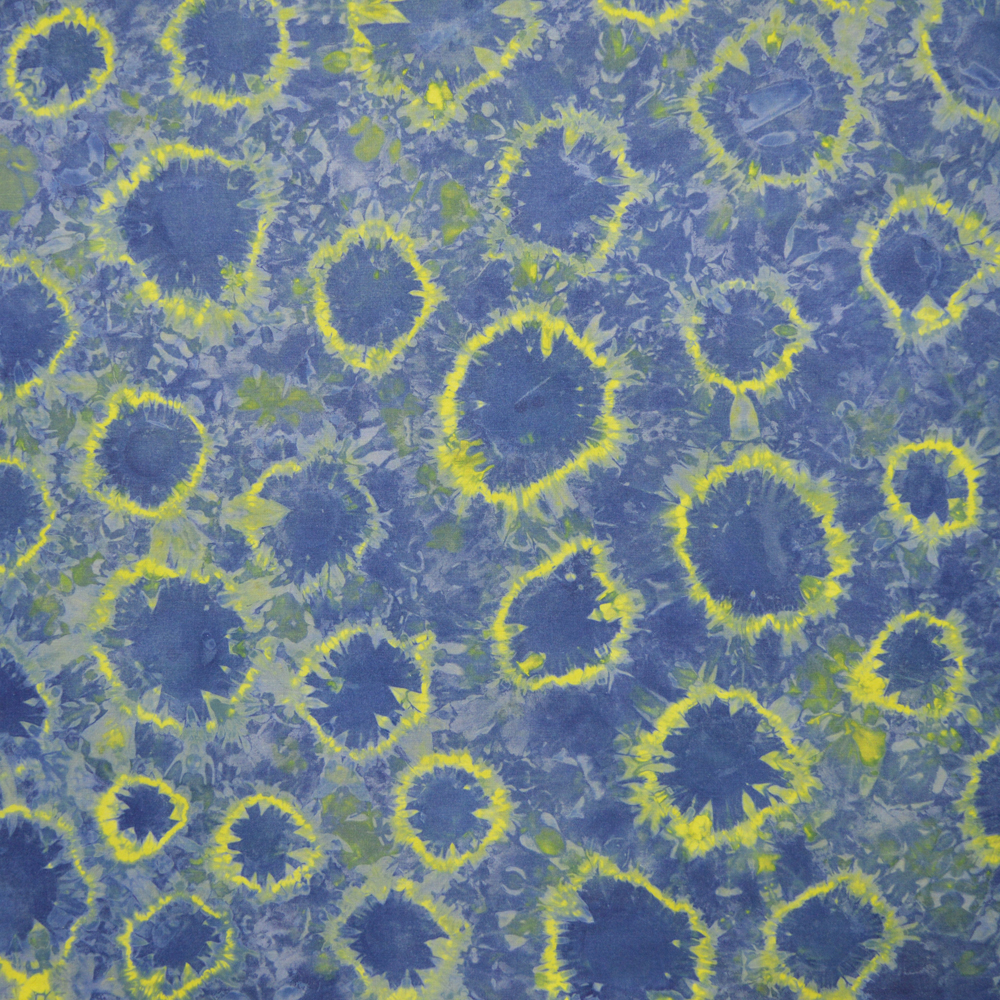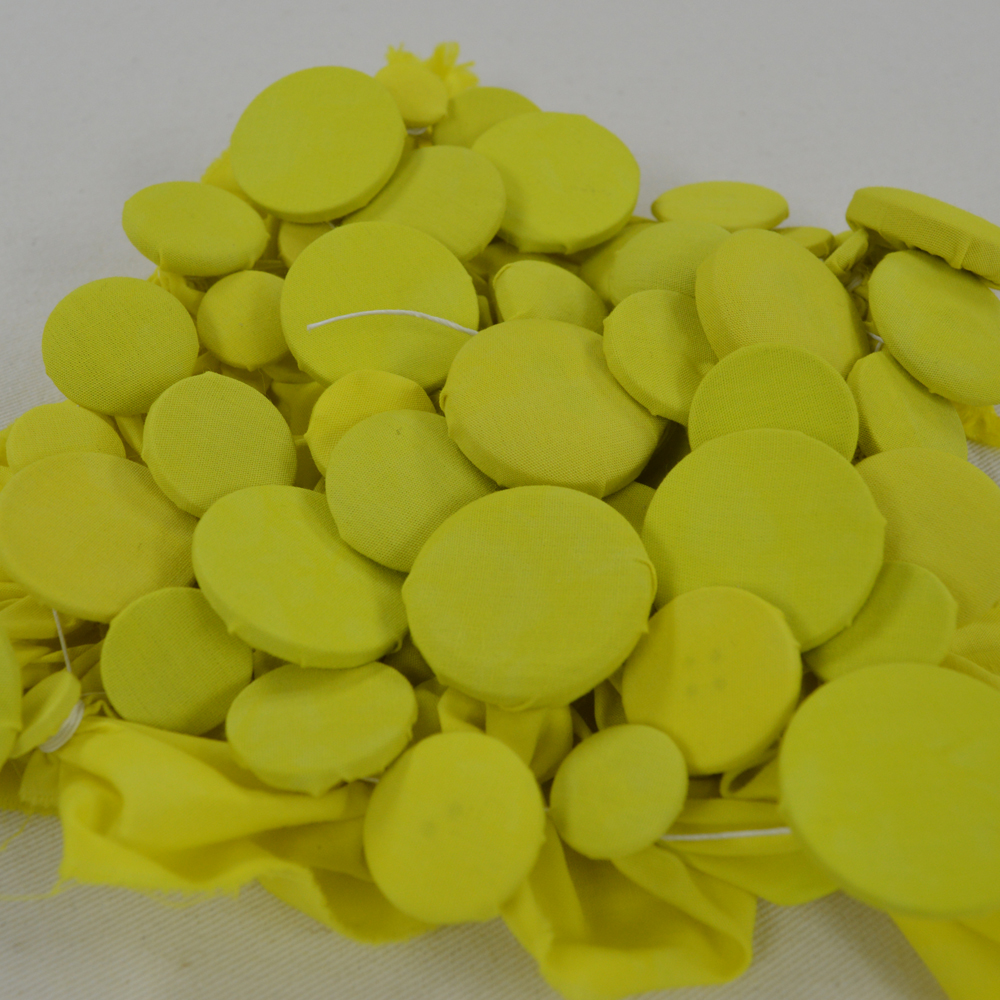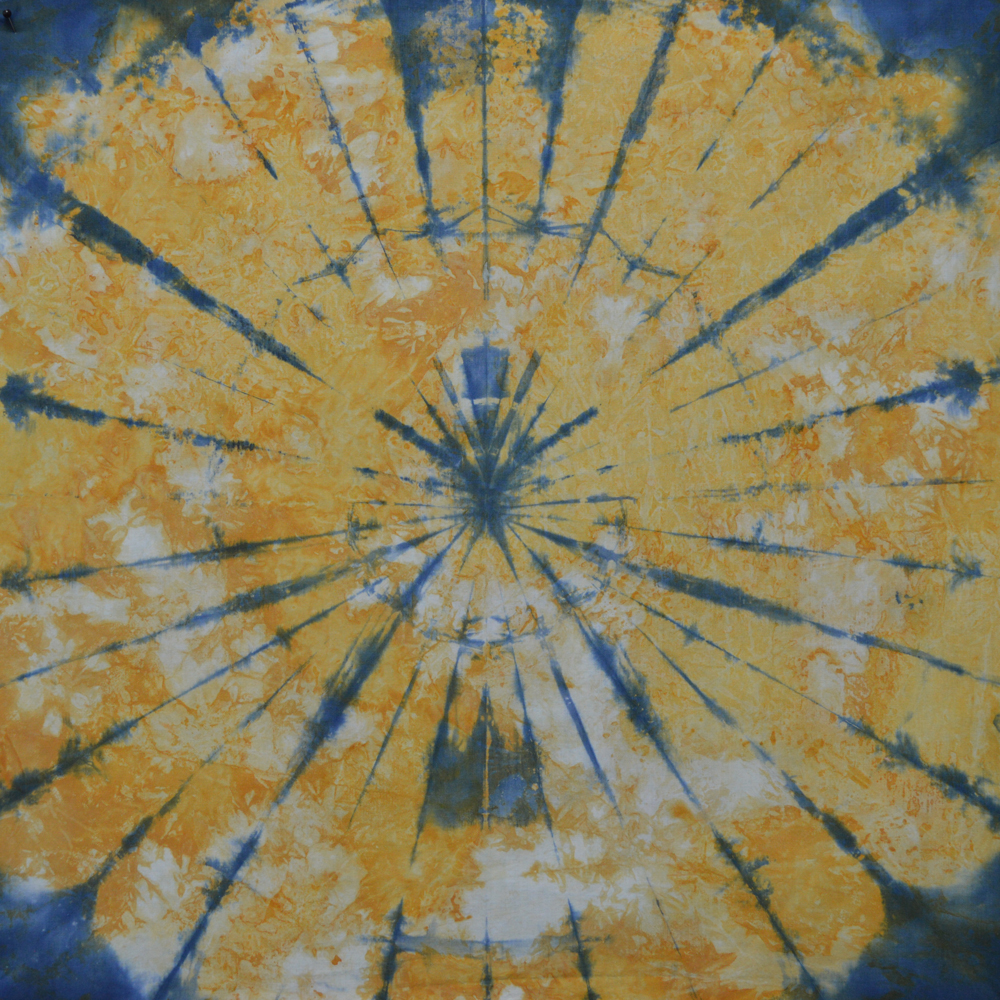I have my two ‘day a month’ groups in the studio this weekend and it is a bit of a tip. Since getting home from Harrogate I’ve been busy breakdown printing different samples, soda soaking fabric (and drying it in the studio), ordering and sorting out Christmas presents (bah humbug), doing paperwork and generally making use of every bench. Around all of that I have been doing a bit of mark making and have done a bit more decorating in the bog shed. I may even have got some sleep!
Before my lovely students arrive for their Introduction to Surface Design session on screen printing I need to:
Soda soak a few more pieces of fabric then clean up the mess this leaves on the floor. The weather has been very uncooperative this week!
Varnish another 5 screens - meant to do this months ago when I could have left the studio doors open to get rid of the smell (apologies students!)
Rinse, wash and iron all the breakdown samples and put a few of them up on my design wall. Hide the ones that are perfect illustrations of how NOT to breakdown print.
Load the rest of the design wall with quilts and samples that show various aspects of screen printing.
Make some more thermofax screens based on mark making for my students to use as background texture this weekend.
Decide on the colours I’ll use in my demonstrations this weekend and test drive the new thermofax screens.
Top up the print paste and thickened dyes.
Double check that all my screens are really clean - a speck of leftover dye goes surprisingly far.
Move Harrogate / show boxes out of the studio into the storage part of the bog shed.
Clean the bog shed.
Open the Amazon boxes, wrap presents and find somewhere in the studio to hide them away from my grandson.
Clean the studio. A bit.
Make it look a bit Christmassy (but not too much, bah humbug).
Make sure there is a good supply of tea, coffee, juice and biscuits (must hide some of the dark chocolate gingers for the Sunday class). Thought about making mince pies. Decided to do more breakdown printing instead.
Get some sleep….
My next Introduction to Surface Design courses will start in February. If you’re interested have a look here. My studio might be a tip today but by Saturday it will be an oasis of calm and creativity. But only if I get a wriggle on …


